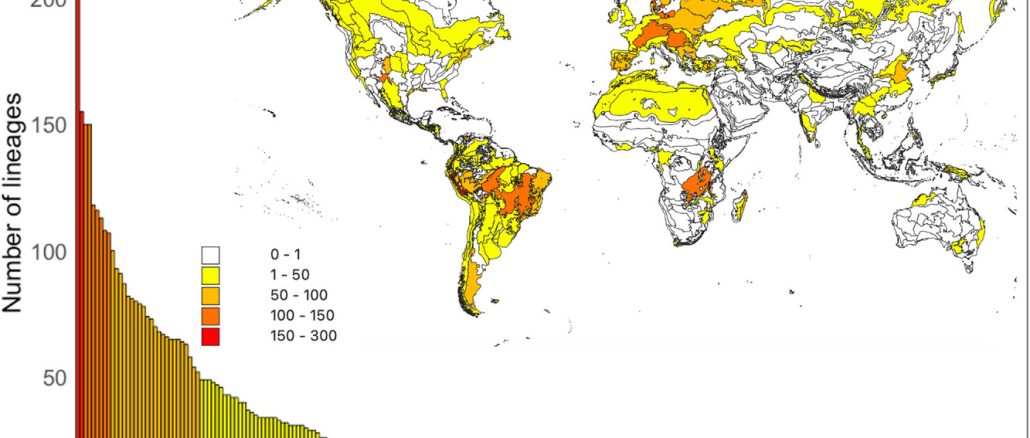
In a new study from Molinero et. al (2025), reseachers from the Odum School of Ecology and the Center for the Ecology of Infectious Diseases examine the global distribution of avian haemosporidian parasites (avian malaria) and how parasite distribution is shaped by bird migration, host communities, and environmental factors. Using over 7,900 parasite records representing 3,011 genetic lineages across 246 ecoregions, the authors applied an ecoregion-pairwise analysis to relate parasite lineage traits to similarities in migratory and non-migratory bird communities and environmental conditions. The results show that while environmental variables such as temperature, precipitation, vapor pressure, and elevation influence where lineages occur, the strongest driver of lineage sharing between distant and environmentally distinct regions is the similarity of migratory bird communities. This indicates that migratory birds play a major role in dispersing parasite lineages globally, linking breeding and overwintering areas along major flyways. The study identifies parasite diversity hotspots in Peru and East Africa and highlights that climate change—by reshaping migration patterns and vector habitats—is likely to alter the global distribution and transmission dynamics of avian malaria.
